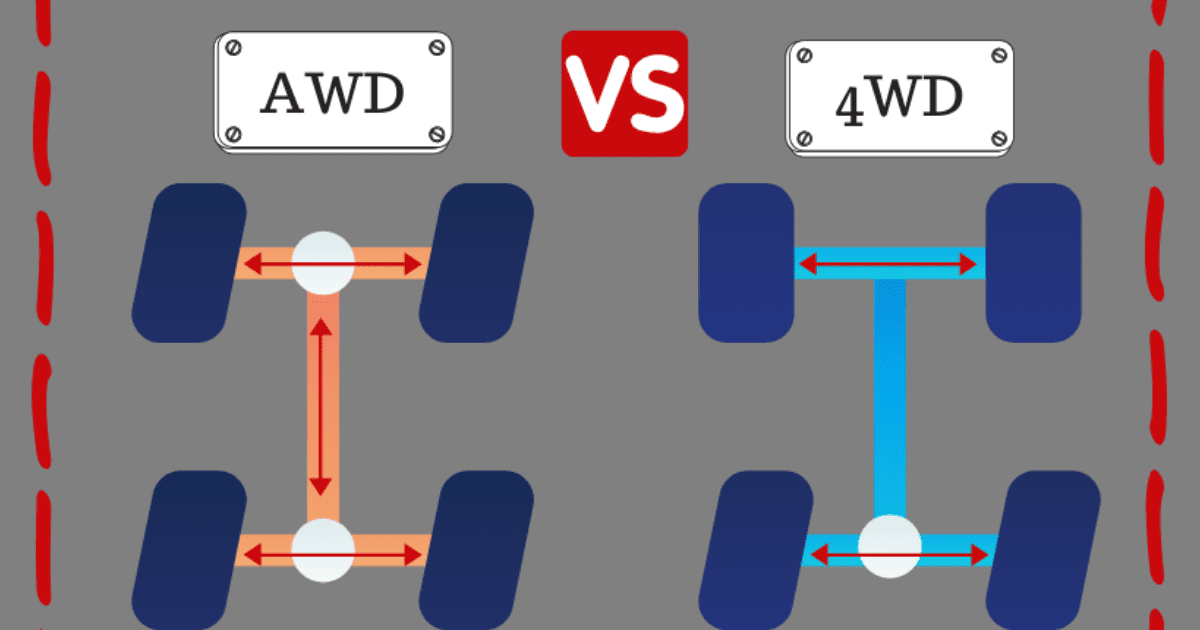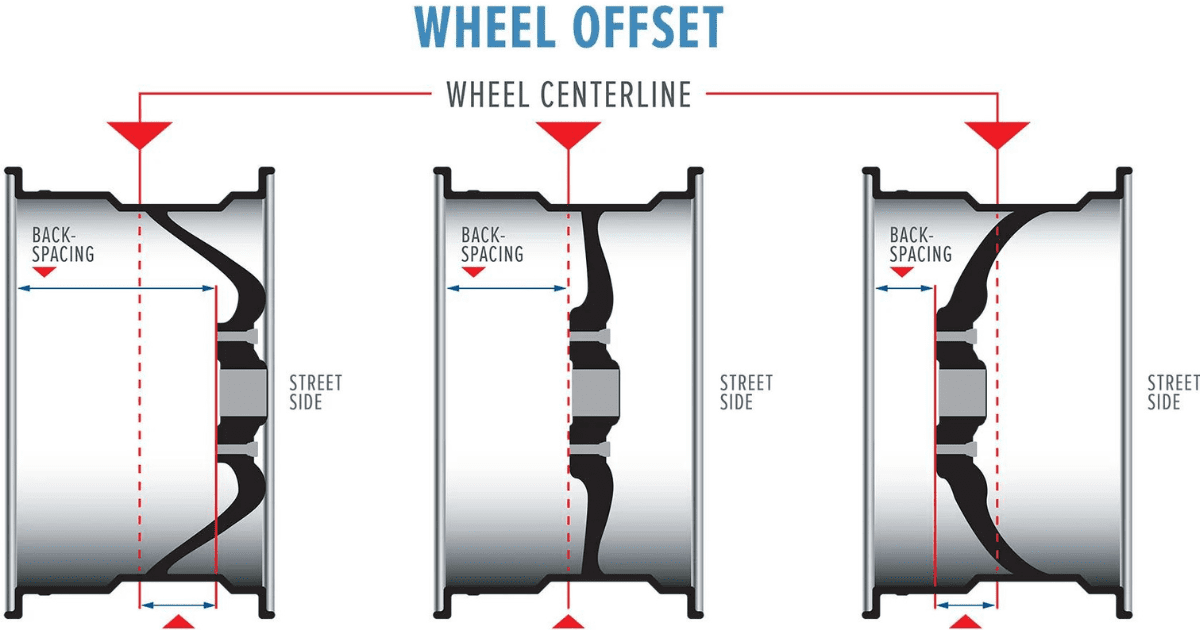The choice between all-wheel drive (AWD) and four-wheel drive (4WD) is very important for improving a car’s performance and stability in a variety of driving situations.
Both methods improve traction, but you need to know the differences between them to make the best choice for your driving needs. This piece will explain the differences between AWD and 4WD, which will help you use these traction systems on different types of terrain.
All-Wheel Drive (AWD): Mastering Everyday Traction
All-wheel drive is a system that lets all four wheels of a car work together at the same time. This feature is often found in passenger cars and crossover SUVs, and it makes the car more stable on wet or slick roads. AWD works automatically, sending power to the wheels that have the most grip. This makes sure that you have the best control and stability.

One of the best things about AWD is how smoothly it works. The technology constantly checks the road conditions and wheel slippage and makes changes in real time to keep the wheels from losing their grip. This makes AWD a great choice for driving in cities and on long highway trips, giving you more trust in all kinds of weather.
Four-Wheel Drive (4WD): Conquering Off-Road Challenges
Four-wheel drive, on the other hand, is made for rough terrains and off-road activities. This type of engine is often found in trucks, SUVs, and other heavy-duty cars. In contrast to AWD, 4WD systems can often be turned on and off by hand by the driver.

The main difference is how the driver controls how power is distributed. In 4WD systems, the driver can decide whether to send the same amount of power to all four wheels or to different wheels depending on the ground. 4WD is the best way to handle steep hills, rocky trails, and other tough off-road situations because it gives you more control.
Choosing the Right System for You: Factors to Consider
- Conditions of the Road: If you mostly drive in cities or on roads, AWD might be the best choice for you. For people who like to go off-road or into difficult terrains, 4WD is probably the better pick.
- Control vs. Convenience: 4WD has manual engagement choices if you want more control over how power is distributed. On the other hand, AWD is more convenient because it changes how power is distributed mechanically, without the driver having to do anything.
- Fuel Efficiency: All-wheel drive (AWD) systems usually use less gas than four-wheel drive (AWD) systems, which makes them a good choice for daily trips.
Conclusion
The decision between all-wheel drive and four-wheel drive comes down to your specific driving needs. If you want better grip on wet city streets, choose all-wheel drive. If you want to explore the back roads, choose four-wheel drive. Each method is good at different things and improves stability and grip in different ways. If you know the differences between AWD and 4WD, you can drive with confidence on a variety of surfaces and in a variety of weather situations, while also getting the best driving experience for your needs.




